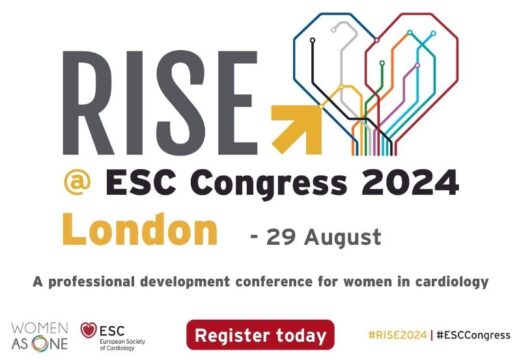Socioeconomic status (SES) has been linked to recurrent atherosclerotic cardiovascular disease events (rASCVD) after myocardial infarction (MI). However, patients with low SES are underrepresented in most randomized studies. This may be largely due to a higher incidence of metabolic syndrome, insufficient use of recommended medication, such as statins, for secondary prevention and insufficient participation in cardiac rehabilitation programs for lifestyle changes.

Socioeconomic disparities present before, during, and after a vascular event like MI could influence the long-term prognosis of patients. Based on this premise, Ohm et al. hypothesized that disparities in secondary prevention are associated with a higher risk of rASCVD.
To assess this relationship, patients between 18 and 75 years old, clinically stable, who experienced their first MI episode and underwent routine annual follow-ups were included using data from the SWEDEHEART registry. The follow-up period extended up to 15 years. SES indicators were selected based on expert recommendations and previous work. Individual disposable income (average household consumption based on household size and composition) was chosen as the main measurement of SES due to its strong observed association with rASCVD after MI.
Income distribution was divided into quintiles, adjusted for each calendar year. In addition to income, other possible aspects of SES, such as educational level and marital status, were also studied.
Read also: Are There Sex Differences in pLVAD-Assisted High Risk PCI?
The primary composite endpoint (rASCVD) was defined as the first recurrent non-fatal MI, death from coronary heart disease, or ischemic stroke, both fatal and non-fatal. Secondary endpoints were cardiovascular death and all-cause mortality.
Researchers identified four groups of mediating variables: risk factor accumulation, MI presentation and severity, initial therapies, and secondary prevention use.
In the final study sample (n=68,775), 73.8% of subjects (n=50,762) were men, and the average age was 63.3 years. The three SES indicators that showed clear associations were higher disposable income, higher educational level, and married marital status. Participants with lower incomes were more likely to have a history of diabetes, obesity, and smoking.
Upon admission for MI, lower incomes were associated with higher rates of atypical clinical presentation, greater extent of myocardial injury, and higher residual coronary disease, although the proportion of ST-segment elevation MI was similar across all quintiles. Lower-income patients had a lower frequency of emergency angiographic intervention and less prescription of dual antiplatelet therapy. Regarding secondary prevention measures, these were generally more frequently observed by patients in the high SES group, especially in comprehensive cardiac rehabilitation programs and optimal lipid management.
Read also: EuroCTO: Safety and Benefit at 3 Years.
During an average follow-up of 5.7 years, rASCVD occurred in 10.3% (n=7,064) of the study patients, with an annual risk of 1.8%. The recurrence rates per 1000 person-years (95% confidence interval [CI]) were higher in the lowest income quintile (23.6; 95% CI: 22.5–24.7) compared with the highest income quintile (14.2; 95% CI: 13.4–15.0), in participants with lower education level (20.0; 95% CI: 19.3–20.9) compared with those with >12 years of education (14.7; 95% CI: 13.9–15.5), and in participants who were unmarried (19.7; 95% CI: 19.0–20.4) compared with married individuals (16.8; 95% CI: 16.2–17.3).
The most significant mediators were non-participation in training programs, post-MI metabolic syndrome, and persistent smoking.
During an average follow-up of 6.1 years, there were 7608 (11.1%) and 2679 (3.9%) events of all-cause mortality and cardiovascular death, respectively. The hazard ratios (HR) were more pronounced in the lower-income stratum compared with the higher-income stratum when comparing all-cause mortality and cardiovascular death (adjusted for age and sex; HR 1.99 [95% CI: 1.84–2.15] and HR 2.30 [95% CI: 2.01–2.63]) as opposed to rASCVD.
Conclusions
In this SWEDEHEART cohort followed for an average of 5.7 years, low income and SES were strongly associated with new cardiovascular events. Identifying recurrent risk mediators could reduce disparities in this situation. Such differences could worsen as socioeconomic disparities increase, as it might happen.

Dr. Omar Tupayachi.
Member of the Editorial Board of SOLACI.org.
Original Title: Socioeconomic Disparities and Mediators for Recurrent Atherosclerotic Cardiovascular Disease Events After a First Myocardial Infarction.
Reference: Ohm, Joel et al. “Socioeconomic Disparities and Mediators for Recurrent Atherosclerotic Cardiovascular Disease Events After a First Myocardial Infarction.” Circulation vol. 148,3 (2023): 256-267. doi:10.1161/CIRCULATIONAHA.123.064440.
Subscribe to our weekly newsletter
Get the latest scientific articles on interventional cardiology





